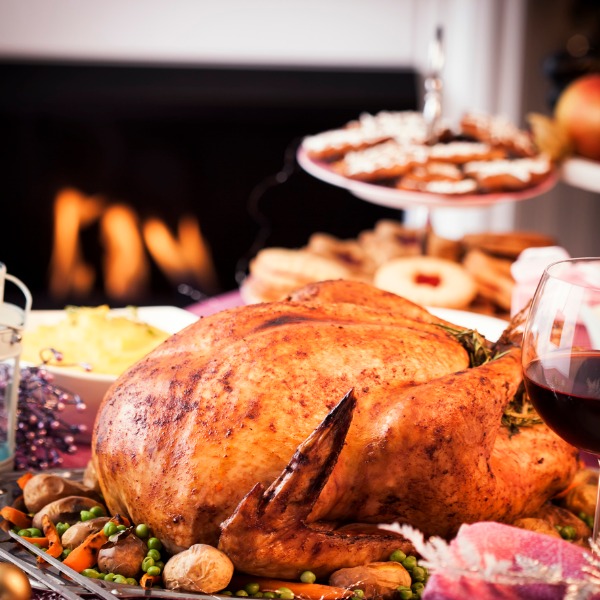

Many physical and chemical changes happen when food is prepared. Chemistry never tasted so good!
How do you go from flour, sugar, and eggs to cookies? Or from fruit juice to popsicles? Making food is all about changes! These can be physical changes or chemical changes.
A physical change is a change in the state of matter. There are three main states of matter - solid, liquid and gas.
If you freeze fruit juice to make a popsicle, this is a change in state. The juice changes from a liquid to a solid. Ice cream melting on a hot day is also a change in state. The ice cream changes from a solid to a liquid. The juice and ice cream are still juice and ice cream, even when they change from one state of matter to another.
Misconception Alert
Sometimes when you cook a liquid it becomes a solid, like when a raw egg becomes a scrambled egg. This is not a change in state. Changes in state can usually be reversed. You can’t change scrambled eggs back into raw eggs!
If you break something large into smaller pieces, this is also a physical change. When you grate a piece of cheese for your pizza, you are changing the block of cheese. The cheese is still cheese, even though the little shreds don’t look like the block of cheese you started with.
 melting ice cream and grated cheese" width="" />
melting ice cream and grated cheese" width="" />
Sometimes physical changes are hard to see. If you put some sugar into water and stir, soon you wouldn’t be able to see the sugar. It hasn’t disappeared! The sugar has just been broken down into pieces that are too small to see.
It’s like if you mixed a few red candies into a big bag of blue candies. The red candies might be hard to see, but they’re still there.
A chemical change is a change in what something is made of. We can tell that a chemical change has happened by looking for certain clues.
One clue is gas. Gas is produced during a chemical change. The next time you bake a cake or flip a pancake, look for the bubbles. Inside each bubble is a little bit of a gas. This gas is made when the ingredients change each other.
Bubbles help make the food you bake fluffy. If you cut into a cake, you can see the spaces where there were bubbles of gas in the wet batter.
Misconception Alert
Not all bubbles come from chemical changes. When you mix batter with a whisk, you might see bubbles. These are just air that gets trapped in the batter during whisking.
Speaking of gas… Smell is the second clue that a chemical change is happening. Sour milk, rotten bananas and mouldy cheese all make smells. These smells warn us not to eat this food. Food that’s rotten or mouldy could make us sick.
But there are many smelly foods that are perfectly safe to eat! Blue cheese and Durian fruit have very strong smells. They will not harm you unless you are allergic to them. Everyone has different tastes. Lots of people love foods with unique odours.
Did you know?
Some people say Durian fruit smells like paint thinner and onions, with a hint of stinky gym socks!
Can you think of nice smells that might come from the kitchen? The smell of baking bread or roasting turkey are signs that chemical changes are happening!

The third clue is a change in colour. Think of the perfect golden brown you can get when you toast marshmallows over a fire. Or that dark brown colour when you accidentally burn it. Whoops!
When tomatoes change colour from green to red, that means they are ready to eat. When bananas change from yellow to black, that means they are not good to eat anymore.

Colour change can be a tricky clue. Sometimes it’s hard to tell if a change in colour is because of a physical change or a chemical change.
Imagine that you add red food colouring to white icing. Now you have pink icing. Do you think this is a physical change or a chemical change? Remember stirring sugar in water? Food colouring works the same way. The colour just spreads through the icing. It doesn’t change the icing itself. This is a physical change.
Physical and Chemical Changes (2018) by Chemistry for Kids FreeSchool (5:23 min)So how can you tell if a change is physical or chemical? Ask yourself:
Your kitchen can be an amazing laboratory to explore the world of chemistry!